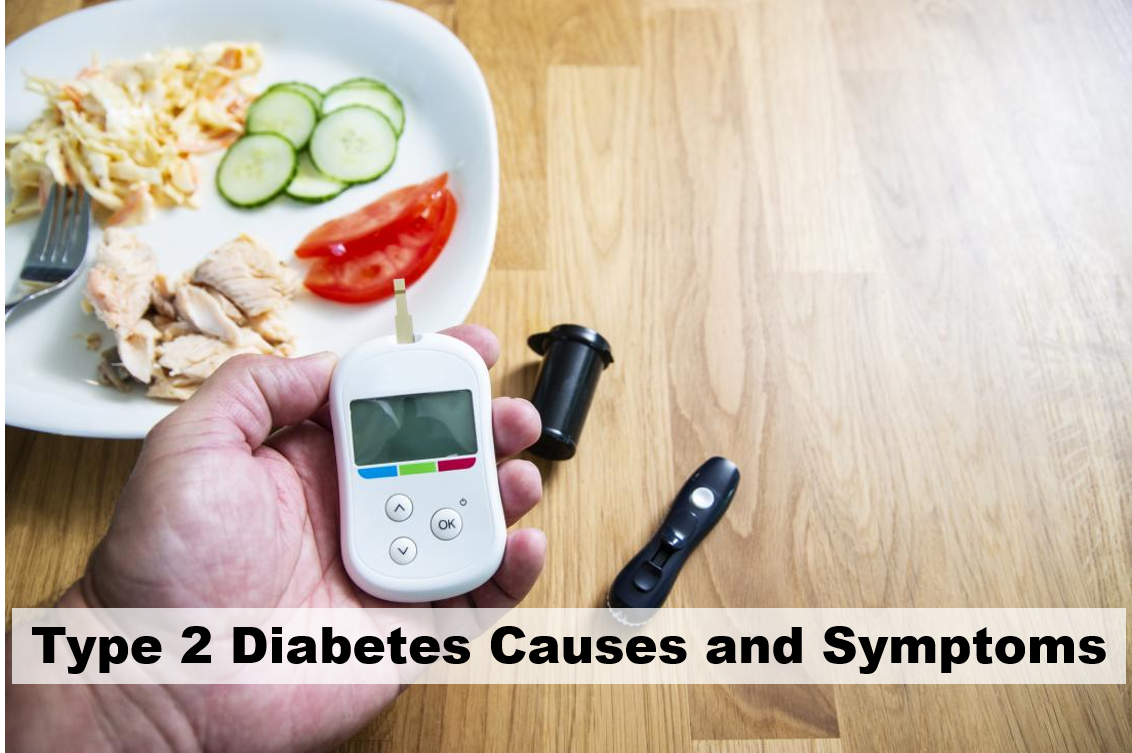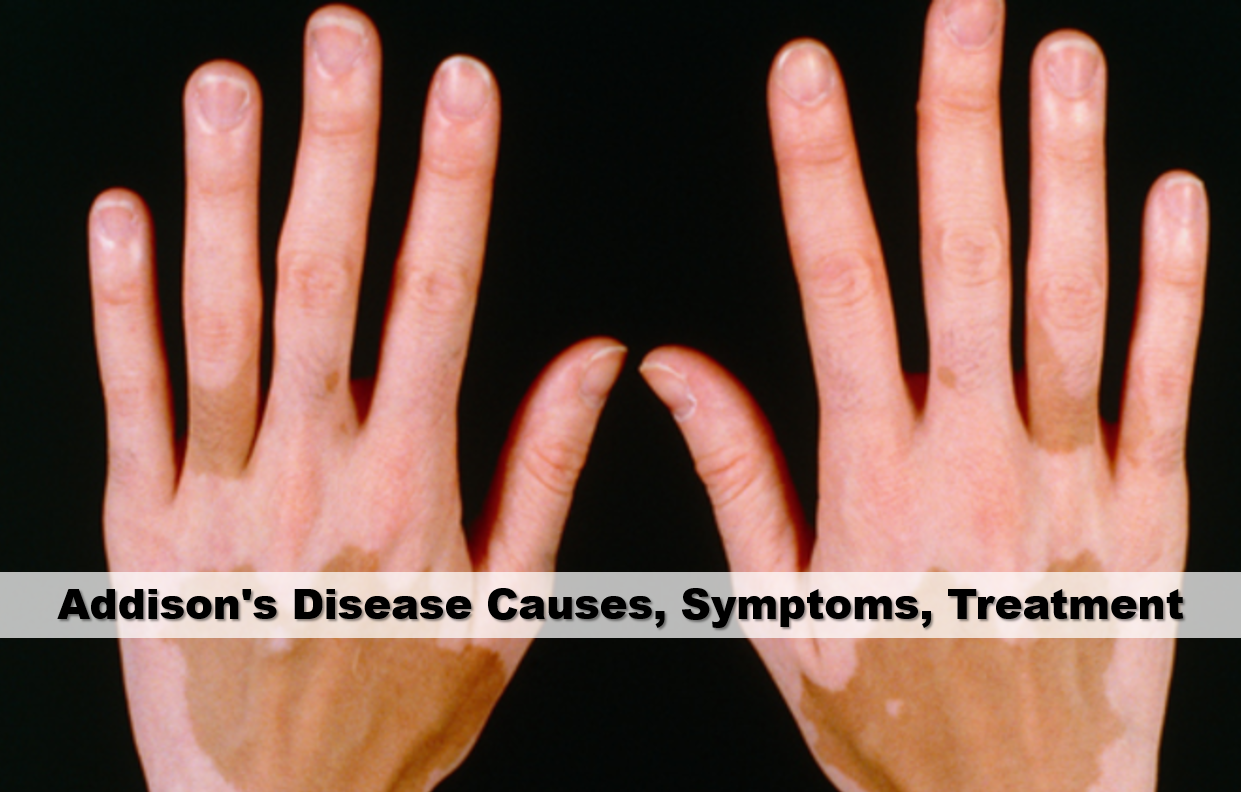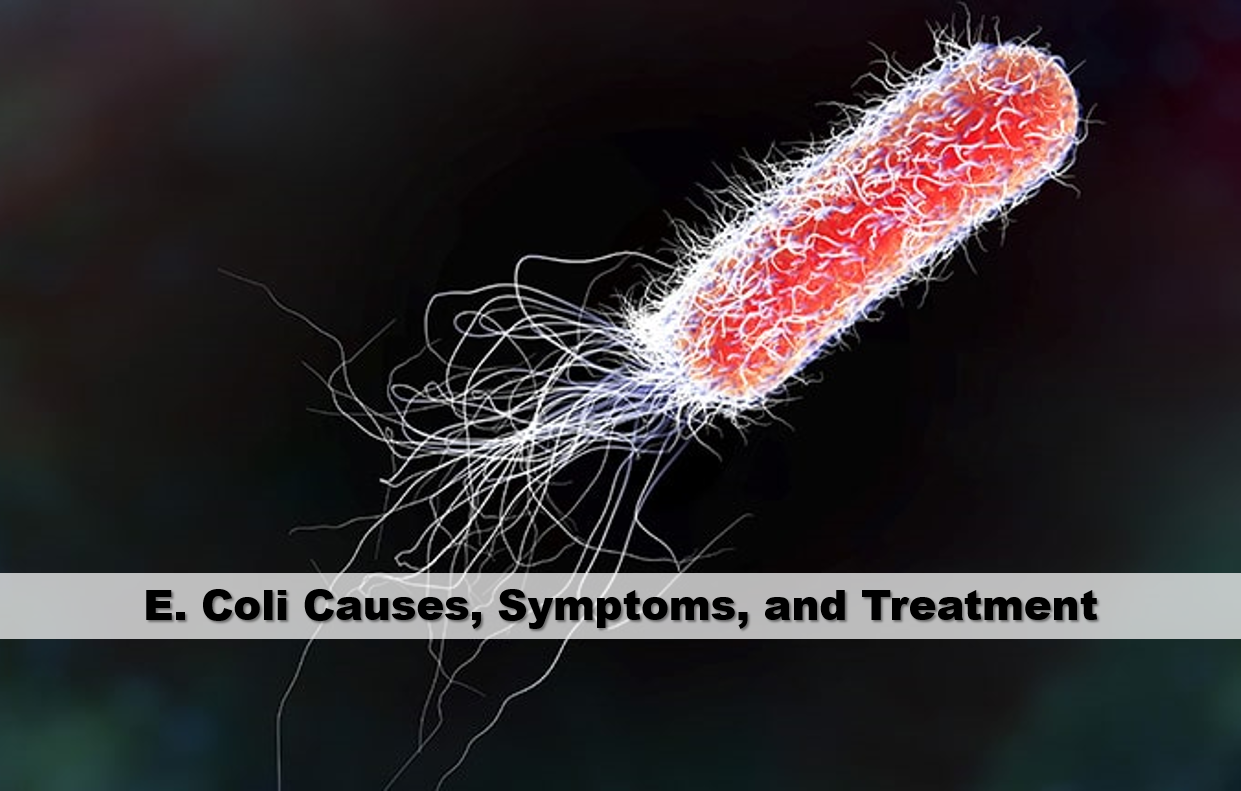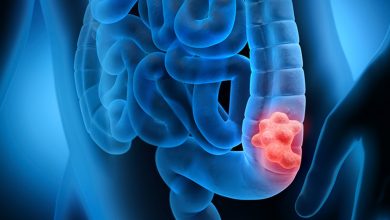Type 2 Diabetes Causes and Symptoms

What is Type 2 Diabetes? What are the symptoms of type 2 Diabetes? Is there a treatment of Type 2 diabetes? Type 2 Diabetes is a chronic disease that causes a high blood sugar level and lasts for a lifetime. Type 2 Diabetes can cause many serious health problems, especially cardiovascular disease. If the person is not treated on time, organ loss and blindness problems may occur. The development of diabetes spreads over a long period of time and may not give many symptoms at first. Early diagnosis can be prevented by lifestyle changes. In this article, we will explain Type 2 diabetes causes, symptoms, and treatment below.
Type 2 Diabetes
Type 2 diabetes is a chronic disease that causes to increase in the blood sugar levels. Diabetes starts with an unbalanced secretion of insulin due to the destruction of the pancreas. Type 2 diabetes patients’ metabolism actually does not use insulin properly. This is called insulin resistance, in the first stage, the pancreas produces extra insulin to compensate for this condition. Over time, however, it cannot make enough insulin to keep the blood sugar level normal. High blood sugar causes many health problems. Diabetes patients should not interfere with their treatment and follow the doctor’s advice.
Type 2 Diabetes Causes

Type 2 diabetes occurs when the body becomes immune to insulin or when the pancreas cannot produce enough insulin. Although the exact cause is unknown, overweight and inactivity are among the triggering factors. How does insulin work? Insulin is a hormone from the pancreas, a gland located behind and under the abdomen.
- The pancreas secretes insulin into the bloodstream.
- Insulin circulates through the body, allowing sugar to enter the cells.
- Insulin reduces the amount of sugar in the bloodstream.
- As your sugar level decreases, the amount of insulin secreted from your pancreas decreases.
Glucose: Glucose is the main energy source of cells that make up muscles and other tissues.
- Glucose comes from two main sources: food and liver.
- Sugar is absorbed in the bloodstream and enters the cells with the help of insulin.
- Your liver produces and stores glucose.
- If you have not eaten for a while and your insulin level has dropped, your liver converts glycogen to glucose and normally keeps your glucose level.
Type 2 Diabetes Symptoms
Type 2 Diabetes Symptoms may develop slowly. In fact, you can move on for years without knowing type 2 diabetes. These symptoms may include:
- Increased thirst and frequent urination: Excessive accumulation of glucose in your bloodstream allows the removal of sugar from the tissues. In this way, you will be dehydrated. As a result, you consume more liquid than usual and you urinate more often.
- Increased appetite: Your muscles and organs become de-energized by the lack of insulin that carries sugar to your cells. This triggers severe hunger.
- Loss of weight: Although you eat more than usual to suppress appetite, you may lose weight. In addition to being unable to metabolize glucose, the body uses alternative energy sources that accumulate in muscles and fats. Calories are lost with the excretion of excess glucose in the urine.
- Fatigue: If you run out of sugar in your cells, you may feel tired and vulnerable.
- Blurred image:
- Slow healing wounds and common infections: Type 2 diabetes affects healing and infection immunity.
- Darkened skin areas: Some type 2 diabetics may have areas of black skin, soft skin in the folds, and wrinkled skin. These are usually seen under the armpits and neck. This condition is called acanthosis nigricans and may be a sign of insulin immunity.
When to see a doctor: If you have any type 2 diabetes symptoms, see your doctor.
Type 2 Diabetes Treatment
Treatment of type 2 diabetes requires a lifelong commitment. These steps keep your blood sugar level around the normal level and prevent or delay complications.
- Blood sugar monitoring
- Healthy eating
- Regular exercise
- Diabetes medications and insulin therapy





